Hola!
Welcome to SigNal 09, where I will run you through the updates of the first month of 2022! The focus of the month was our upcoming brand new Traces page. It will enhance the application debugging experience manifolds with powerful filters to see your data across different dimensions.

We also launched our Technical Writer Program. The idea is to educate our community more about SigNoz, OpenTelemetry, and distributed tracing among other things.
Without further ado, let’s see what we were up to in January, 2022.
What we shipped?
Our team merged 40+ pull requests in the last month to make SigNoz better! Our focus was to build the backend APIs and a totally new UI for the brand new Traces tab. Users can now use much more powerful filters on their traces data. With the new Traces tab, users will be able to see data across dimensions like status, services, resources, HTTP codes, and many more.
This will enable users to debug the bottlenecks faster and identify the causes of latency and errors. Our team is currently testing it out so that we squash all the bugs (we try our best 😉) before shipping it.
Here’s what our new Traces tab will look like👇
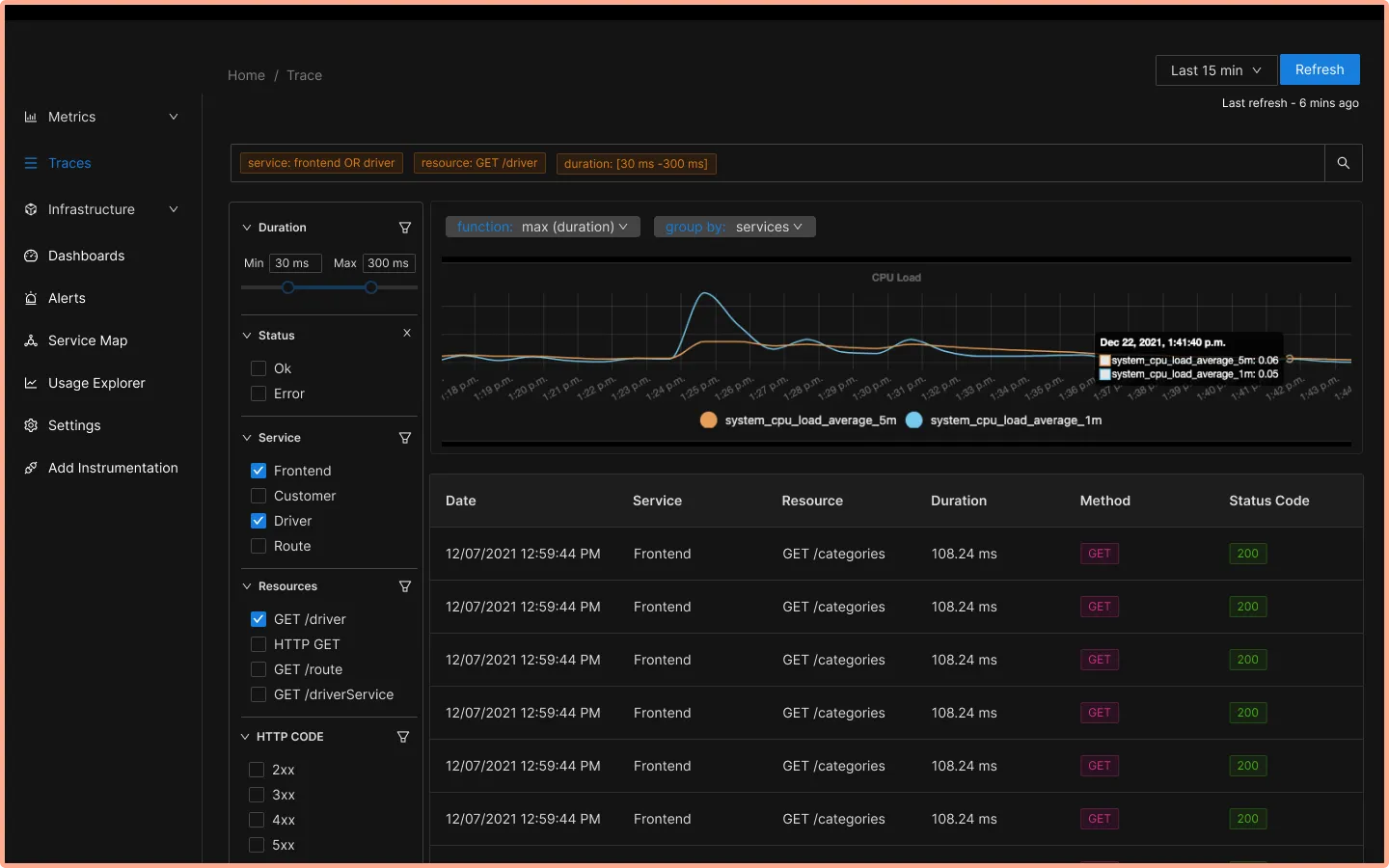
Featured issue
Currently, we have multiple docker images to install SigNoz. This issue talks about creating an all-in-one docker image for a better quick start experience. Installing SigNoz would be much quicker through a single docker image. Moreover, it would also be very easy to clean up if user wants to attempt a fresh installation of SigNoz.
Time to get the cluster up would also go down, as there will be single base image maintaining all dependencies together in the same bundle.
We would love to hear your ideas on this, and if you know best practices to get applications installed with docker images, feel free to share on this GitHub issue.
What's upcoming?
Improved Trace Detail Page 📊
After shipping the Traces tab, we are planning to work on shipping the Trace Detail page which shows a user request broken down into spans using a Gantt chart. It also has a handy preview of a trace in flame graphs to help our users quickly analyze the slowest parts of a transaction.
Here’s a sneak peek into the design of the Trace Detail page. Let us know what you think. You can drop in your feedback on our slack community.
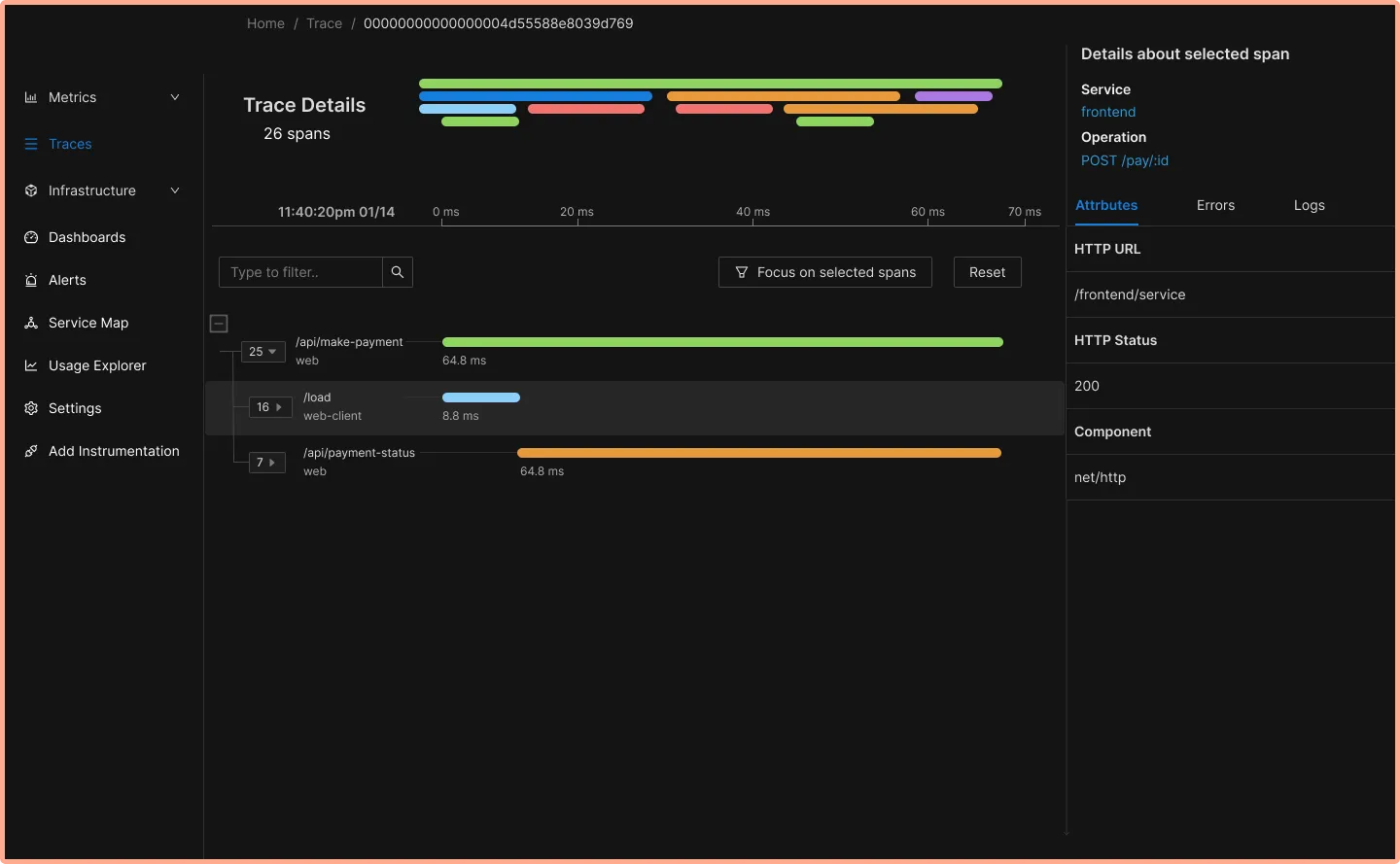
Better troubleshooting experience
Our team is working on improving the user experience when it comes to troubleshooting the installation of SigNoz. One of the challenges of open-source self-hosted software is to support multiple installation environments. We are working on creating an automated troubleshoot experience that will detect issues in connectivity and data pipelines between the monitored application and SigNoz.
You can check out the WIP version here.
Please feel free to share any inputs/feedback you have on this. If you know some best practices around this, please mention that too in this GitHub discussions.
It all starts with a PRD📄
We will also be working on creating the PRD for user authentication and login in our upcoming sprints.
SigNoz News
Expanding the team🧔♂️
We are excited to tell you that we have made a wonderful addition to our team - Prashant Shahi. He is our first DevOps Engineer and has passionately been interacting with our users on slack community to solve their issues from Day 1.
Prashant is an avid hiker and spends his weekends exploring nearby hiking trails around Bengaluru. He also plays guitar and we’re looking forward to a team’s meetup where he sets the atmosphere! 🎸
SigNoz got featured!📸
We got featured in Runa Capital’s awesome list of open-source alternatives to well-known SaaS products. We believe a tool that is critical to the dev’s daily workflow should be open-source, and more accessible to dev teams of all sizes. We have set our goals high and aim to provide the best user experience to devs monitoring their applications.
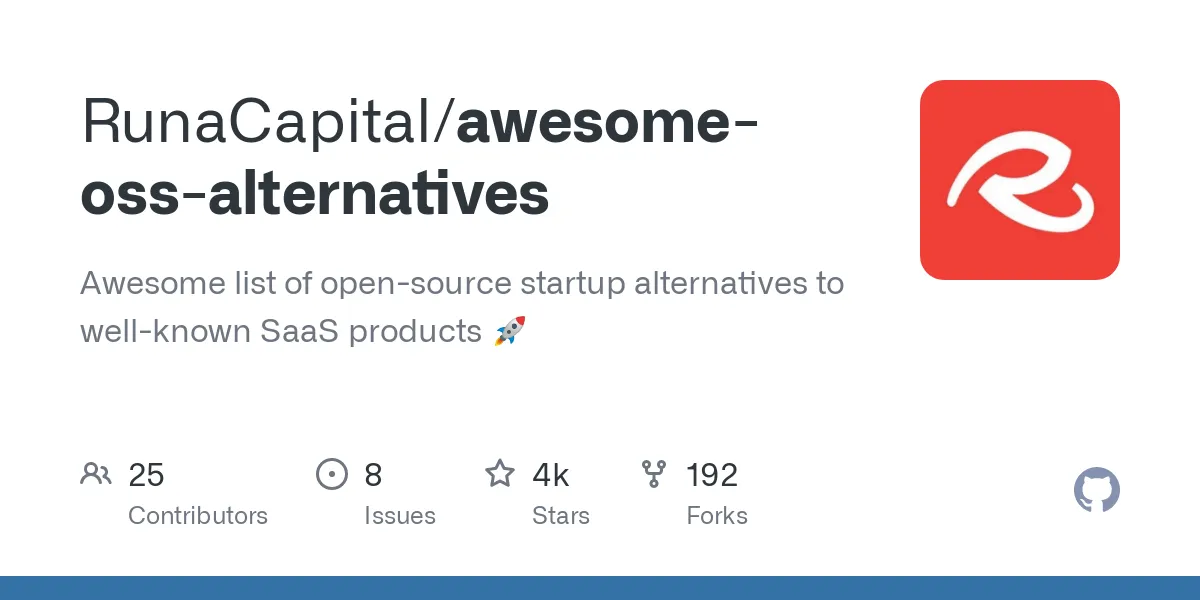
We also got featured in Open Pull Request - a wonderful newsletter about open-source tools. You can sign up for the newsletter here.
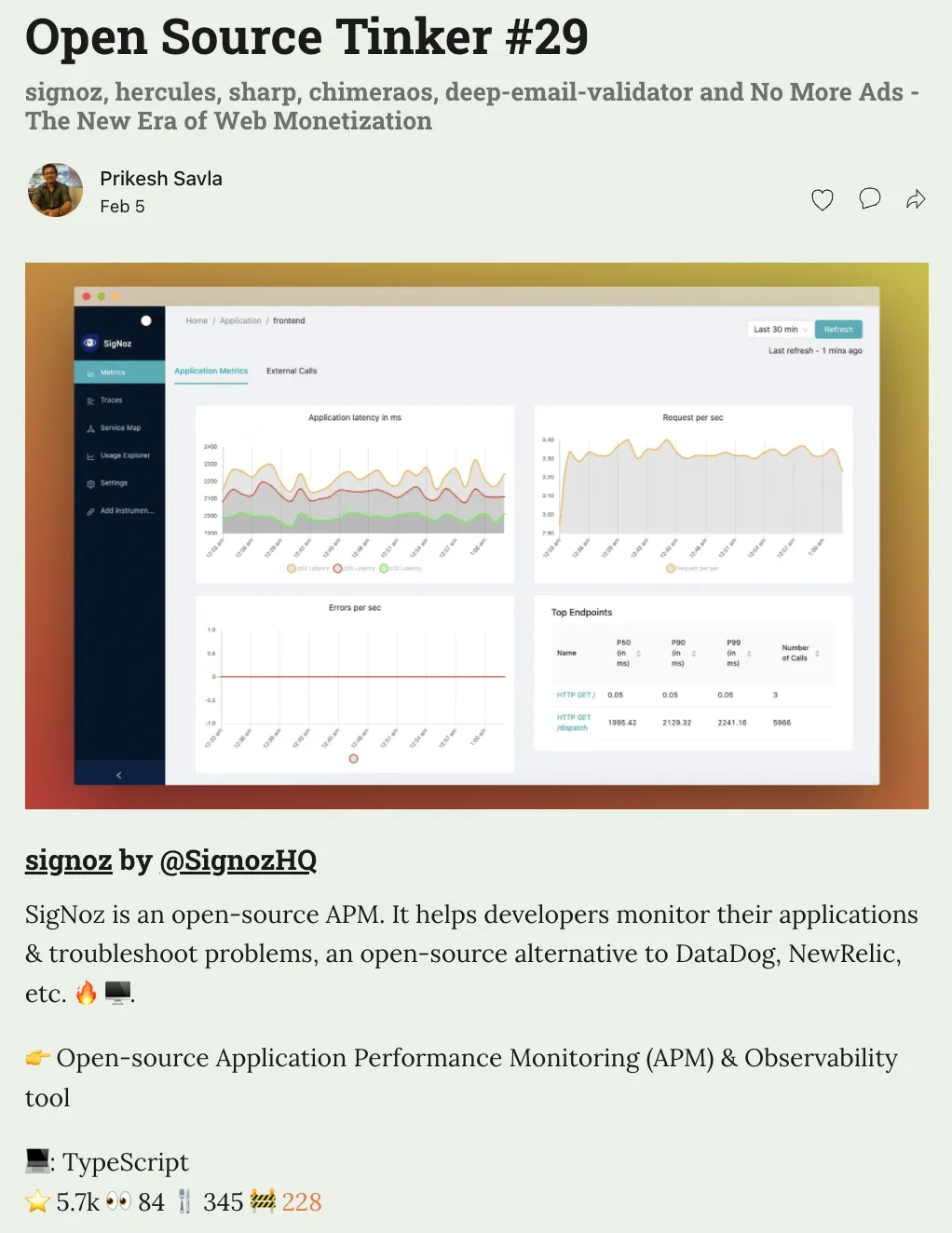
600+ developer folks on our slack community 🥳
Our user and contributor community is growing. A good indicator for that is the number of members in our slack community. We are now 600+ members strong on Slack, a place where we discuss all things open-source and SigNoz.
If you’re a developer interested in open-source software and APM tools, then we would love to host you there.
Write for us - Technical Writer Program ✍️
Are you a developer who loves creating content and getting it across to a global audience? We'd love to have you contribute to our community writer program.
As an open-source project, we want to educate our community more about our project and about the concepts in our domain. And we need some helping hands. If you want to get on board, check more details on the link below 👇
SigNoz - Technical Writer Program
Contributor Spotlight 🧑💻
We want to thank these amazing contributors who made SigNoz better with their contributions. 🤗
PRs by new contributors in the last month:
From our blog
What is Context Propagation in Distributed Tracing?
Modern-day cloud-native applications have high complexity due to distributed systems. Distributed tracing is a powerful technique to have visibility on distributed systems. It helps to identify the specific bottlenecks in a transaction’s journey while it passes through hundreds or thousands of microservices before serving the user request.
Distributed tracing is built on causal metadata context propagation. Understand what context propagation is, and how it is fundamental to distributed tracing 👇
What is context propagation in distributed tracing?
Spans - a key concept of Distributed Tracing
A single trace in distributed tracing consists of a series of tagged time intervals known as spans. Spans represent a logical unit of work in completing a user request or transaction. Combining all the spans in a trace can give you a detailed idea about how the transaction performed across its entire lifecycle.
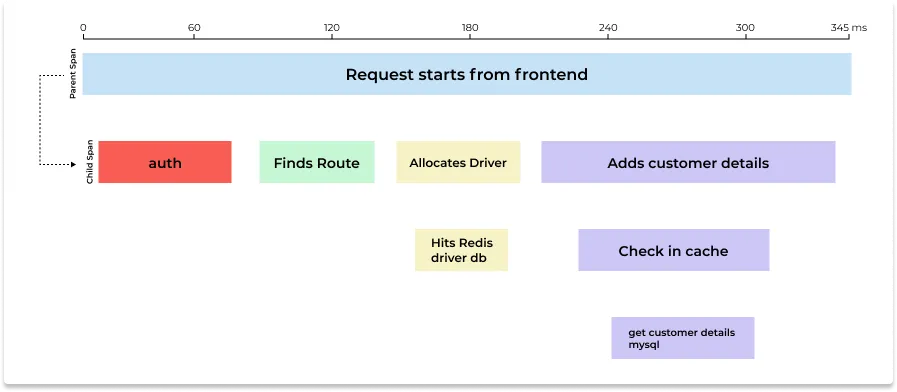
Read more on the concept of spans in distributed tracing 👇
Spans - a key concept of distributed tracing
Thank you for taking out the time to read this issue :) If you have any feedback or want any changes with the format, please create an issue.

